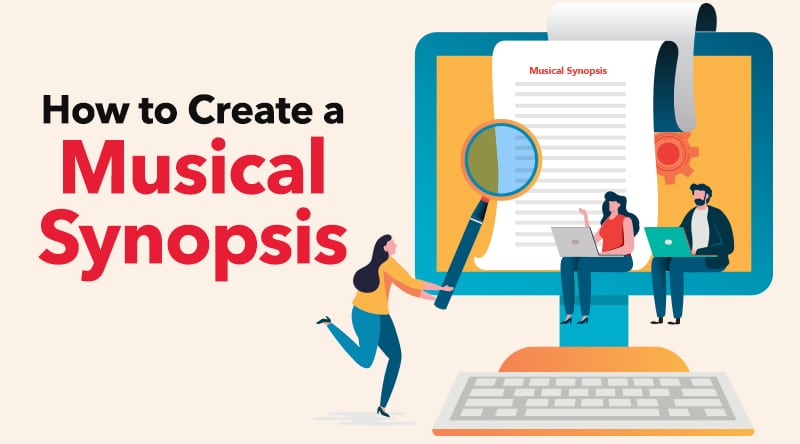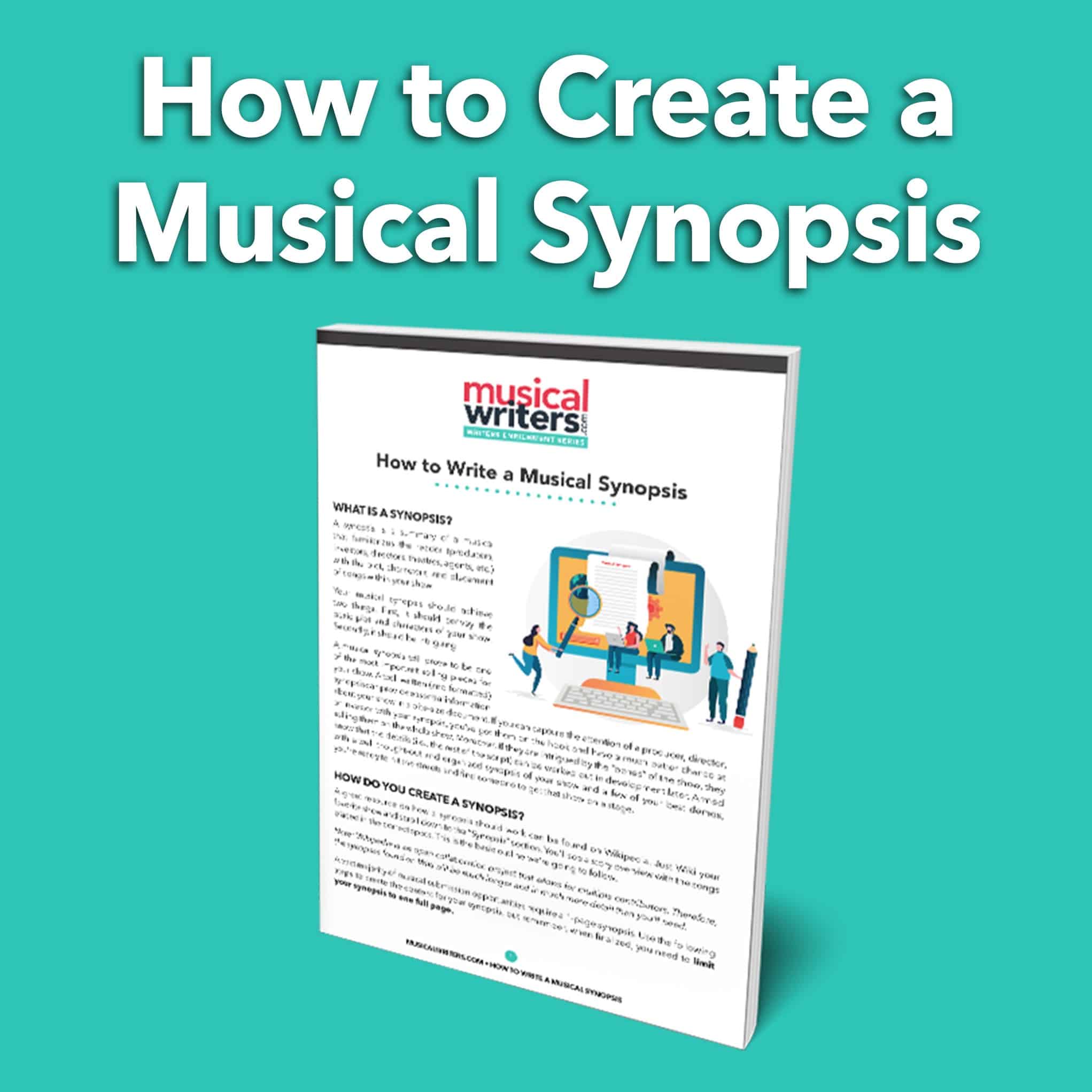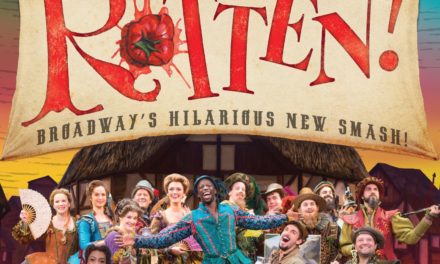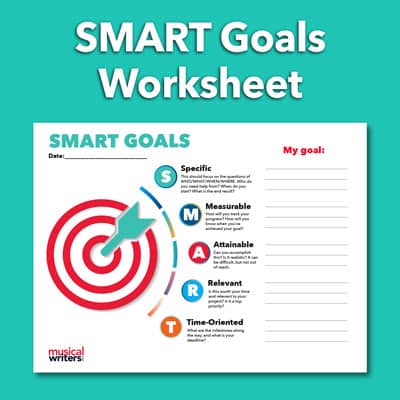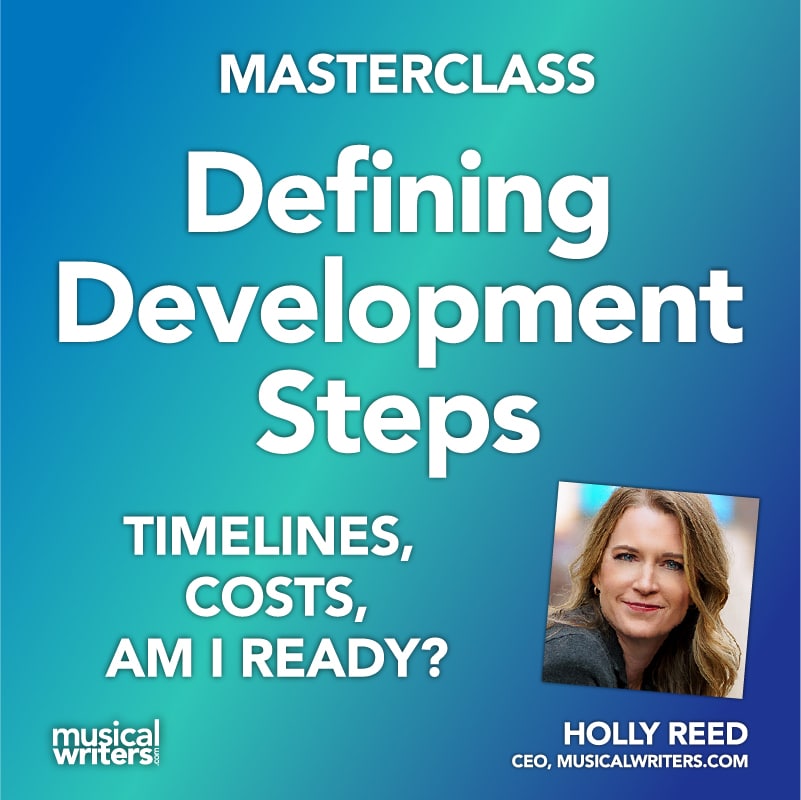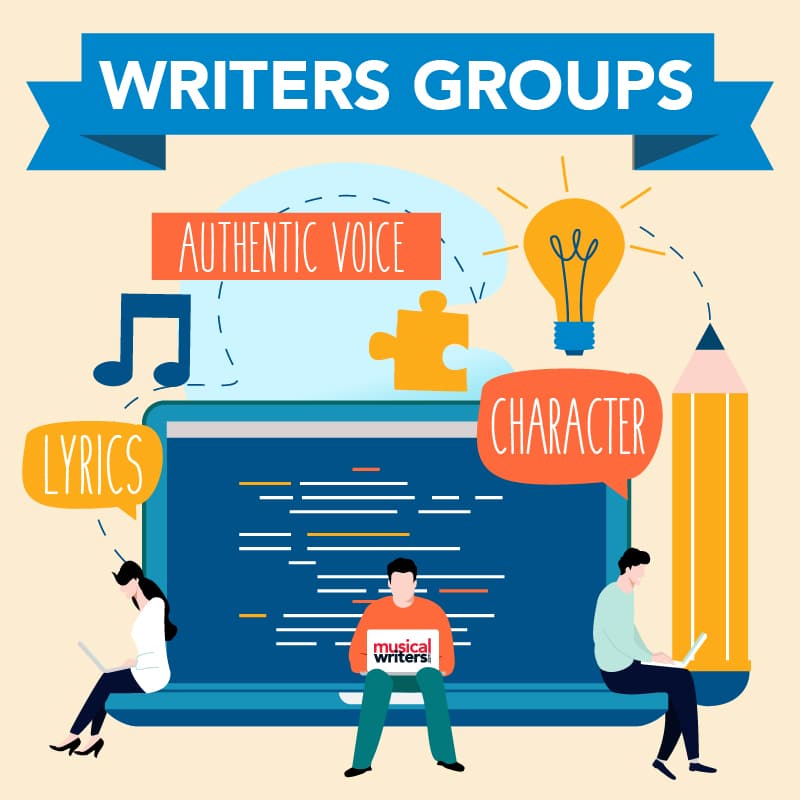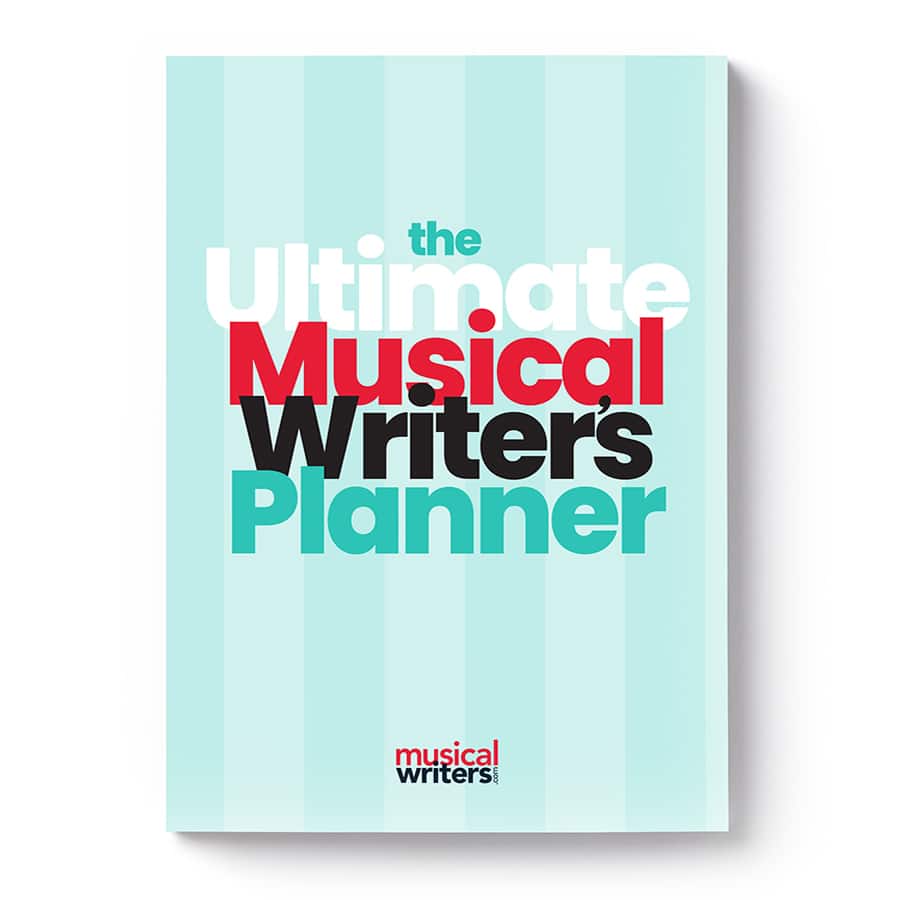What is a Musical Synopsis?
A musical synopsis is a one-page summary that familiarizes the reader (producers, investors, directors, theatres, agents, etc.) with the plot, characters, and placement of songs within your show.
Your musical synopsis should achieve two things. First, it should convey the basic plot and characters of your show. Secondly, it should be intriguing!
A musical synopsis will prove to be one of the most important selling pieces for your show. A well written (and formatted) synopsis can provide essential information about your show in a bite-size document. If you can capture the attention of a producer, director, or investor with your synopsis, you’ve got them on the hook and have a much better chance at selling them on the whole show. Moreover, if they are intrigued by the “bones” of the show, they know that the details (i.e., the rest of the script) can be worked out in development later. Armed with a well thought-out and organized synopsis of your show and a few of your best demos, you’re ready to hit the streets and find someone to get that show on a stage.
How do you create a synopsis?
A great resource on how a musical synopsis should work can be found on Wikipedia. Just Wiki your favorite show and scroll down to the “Synopsis” section. You’ll see a story overview with the songs placed in the correct spots. This is the basic outline we’re going to follow.
Note: Wikipedia is an open collaboration project that allows for multiple contributors. Therefore, the synopses found on Wiki will be much longer and in much more detail than what you’ll need.
A vast majority of submission opportunities require a musical synopsis. Use the following steps to create the content for your synopsis, but remember, when finalized, you need to limit your synopsis to one full page.
1. Summarize your scenes.
To begin outlining your synopsis, try to distill each scene down to one or two sentences. Where does the scene take place? What main characters are in each scene? What is happening? What are the obstacles and outcomes, conflicts and resolutions?
Want a printed guide? Download our “How to Write a Musical Synopsis” Worksheet.
2. Combine the scenes into two fluid paragraphs.
Now that you have the basic summary of each scene, combine all of them into 2 paragraphs. The first paragraph is Act One, the second paragraph is Act Two.
Do’s:
- Show off your good writing skills in your synopsis by using active voice, writing in third person, and writing in the present tense.
- Describe when and where the story happens.
- Link scene summaries together in a logical, easy-to-read flow.
- Focus on clarity in your writing and avoid wordiness. Remember, less is more.
Don’ts:
- Don’t mention unnecessary characters or events.
- Don’t include too many details about plot twists and turns. Write a summary with just enough detail about the plot to intrigue the reader or agent.
- Don’t include unnecessary details, descriptions, or explanations. Make each word in your synopsis count.
3. Insert your songs.
Go back and insert your songs where they occur in the story, after the action that precedes them. Italicize the song titles and enclose in quotes and parenthesis.
Example: Joe remembers the pain of losing his childhood dog, Spike (“A Boy’s Best Friend”).
4. Cut it down to one page.
If your synopsis is now longer than a single page, it’s time to make some cutbacks. Read through what you have, scrutinizing every sentence and word. Reduce any run-on sentences that unnecessarily lengthen your piece. Also be sure to eliminate irrelevant details — anything that doesn’t lead to the next plot point.
While you must include all of your songs and a brief lead into the story surrounding them, it isn’t absolutely necessary to include details or even a summary of every single scene. It also isn’t necessary—or even recommended—to include every character. Only include characters that are central to the main story.
Formatting: To create your synopsis in the easiest-to-read format, use these basic rules:
- Use standard 1” page margins
- Use between 10 and 12 point font size, single spaced.
- Use a standard serif (e.g. Times New Roman) or sans serif (e.g. Arial) font. Don’t use decorative fonts. Keep it professional.
5. Be sure to add your contact information!
In the header of your synopsis, be sure to include your name, contact information, and show title. In fact, ALWAYS include this information on EVERY PIECE of your submission (unless a blind submission is requested).
Your Turn
It’s time to get that 1-page synopsis built and ready to submit! More often than not, your synopsis is the first thing someone will read from your submission packet. Even if your script isn’t complete or final, go ahead and get that synopsis written. It may even help iron out some story details you’ve been wrestling with!

